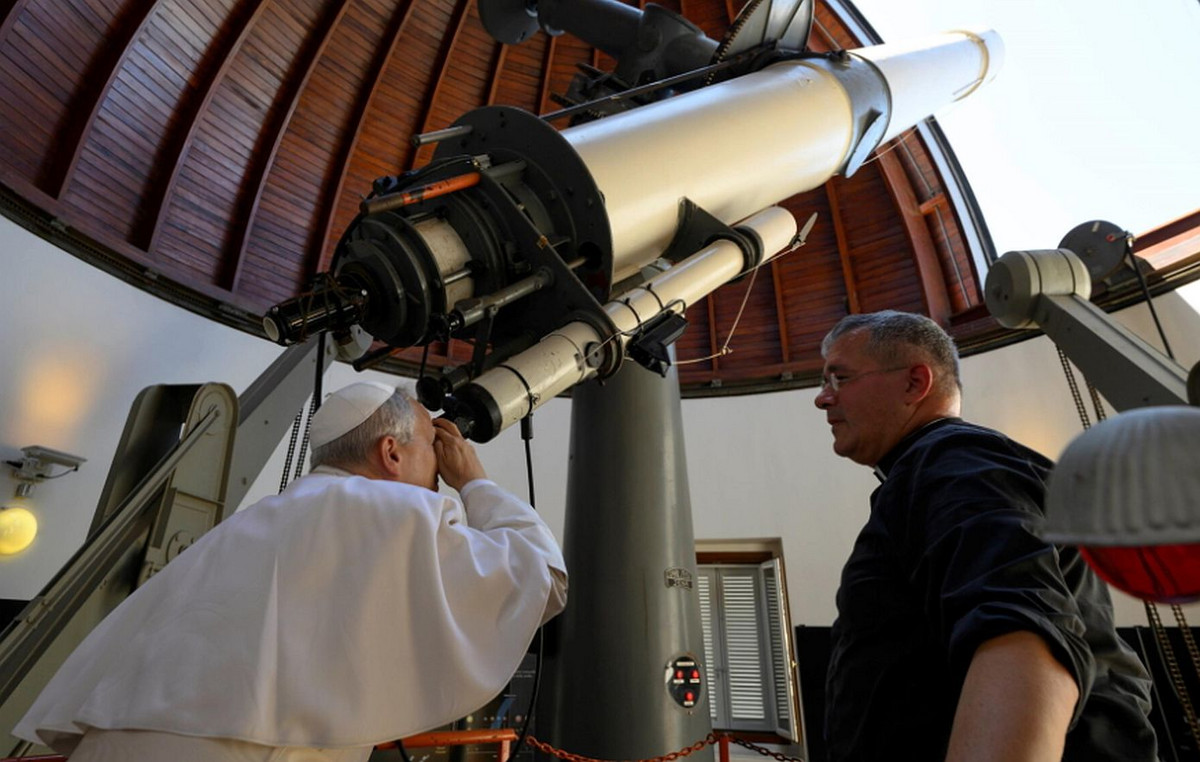At its meeting today, the Board of the Reserve Bank of Australia decided to keep cash rate target at 10 basis points and the interest rate on exchange settlement balances at 0%, as expected.
The entity also leaves the 10 basis point target for Australian government bonds unchanged until April 2024 and will continue to buy government securities at a rate of $ 4 billion per week until at least mid-February 2022.
RBA statement
The Delta outbreak has interrupted the recovery of the Australian economy and GDP is expected to have declined substantially in the quarter ending in September. The outbreak is affecting many parts of the economy, but the impact is uneven, with some areas facing very difficult conditions while others continue to grow strongly.
This setback to economic expansion in Australia is expected to be only temporary.. As vaccination rates increase and restrictions are eased, the economy is expected to recover. Many companies are now planning to ease restrictions and confidence has been reasonably maintained. However, there is uncertainty about the timing and pace of the recovery, which is likely to be slower than at the beginning of the year. Much will depend on the nature and timing of activity restrictions. In our baseline scenario, the economy will grow again in the quarter ending in December and is expected to return to the path before the Delta variant in the second half of next year.
Activity restrictions have had a significant effect on the labor market. Hours worked, the best indicator of labor market conditions at the moment, fell by almost 4% in August. Looking ahead, data on job vacancies suggests that many companies are looking to hire workers ahead of the planned reopening in October and November.
The Wage and price pressures remain moderate in Australia. In underlying terms, inflation is hovering around 1¾ percent and wages, as measured by the wage price index, are increasing by only 1.7%. While disruptions in global supply chains are affecting the prices of some goods, the impact of this on the overall rate of inflation remains limited.
The house prices continue to rise, although the volume of business in some markets has decreased after the virus outbreak. Home loan growth has recovered due to increased demand for credit from both owner-occupiers and investors. The Board of Financial Regulators has been discussing the medium-term risks to macroeconomic stability from rapid credit growth at a time of historically low interest rates. In this environment, it is important that credit standards are maintained and that loan servicing buffers are adequate.
The Bank’s policy package, which includes historically low interest rates, the bond purchase program, the yield target and the financing provided under the Term Financing Facility, is providing substantial and ongoing support to the Australian economy. Loan interest rates are at record lows, sovereign bond yields are at very low levels, and the exchange rate has depreciated in recent months. Fiscal responses from the Australian government and state and territory governments have also provided welcome assistance in supporting household and business balance sheets.
The Board is committed to maintain highly favorable monetary conditions to achieve a return to full employment in Australia and inflation consistent with the target. Will not increase the cash rate until real inflation is sustainably within the 2% to 3% target range. The central scenario for the economy is that this condition will not be met before 2024. Meeting this condition will require that the labor market be tight enough to generate wage growth that is materially higher than the current one.
.
Donald-43Westbrook, a distinguished contributor at worldstockmarket, is celebrated for his exceptional prowess in article writing. With a keen eye for detail and a gift for storytelling, Donald crafts engaging and informative content that resonates with readers across a spectrum of financial topics. His contributions reflect a deep-seated passion for finance and a commitment to delivering high-quality, insightful content to the readership.







